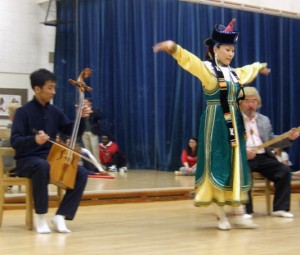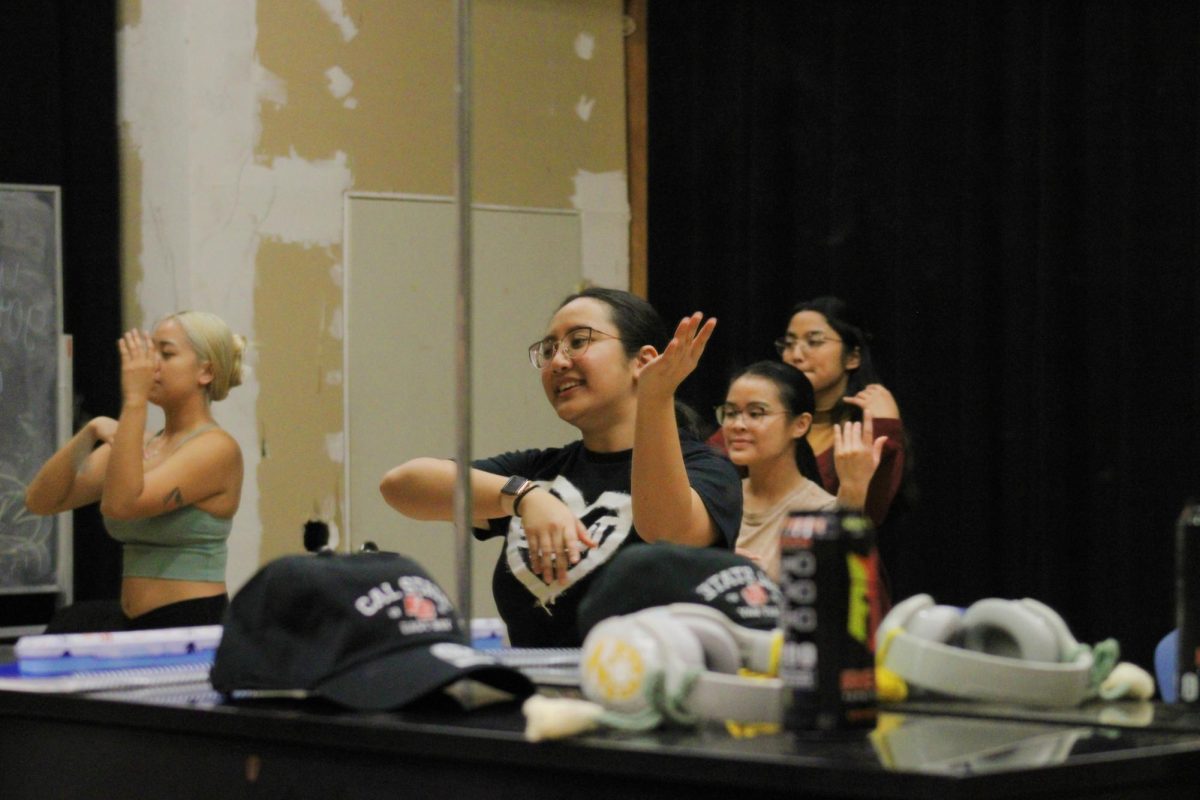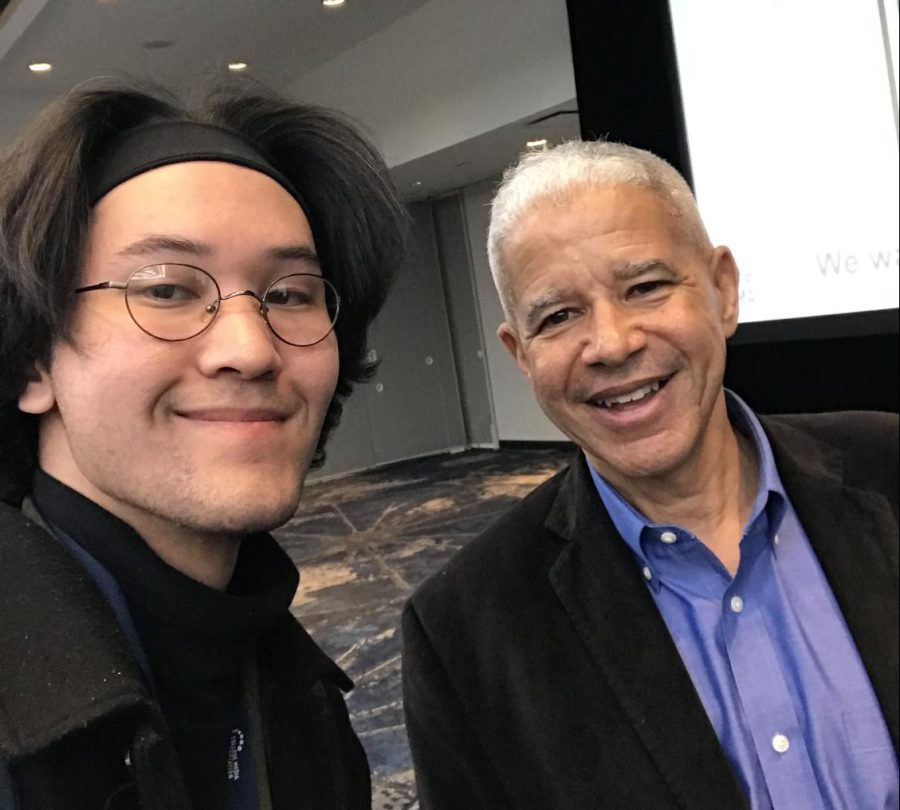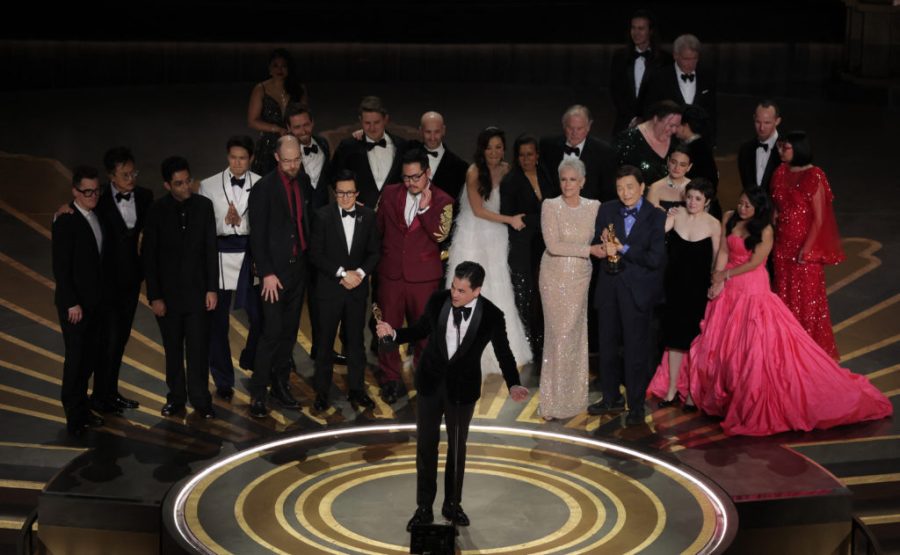
Arranged by music professor Peter Marsh, a Mongolian performance group journeyed from Asia to give the clusters a performance of traditional Mongolian music and dance on Feb. 10.
The first half of the presentation was a demonstration of traditional Mongolian vocal and instrumental music. Two musicians played a short piece with both a wooden flute and a Morin Khurr (horse-headed violin).
Aside from bringing about music from these instruments, the Morin Khurr player also showed how the most popular Mongolian instrument can interpret the sounds and movements of an actual horse.
The flute player revealed the vocal methods of Mongolian music by demonstrating what is considered to be very difficult techniques of overtone (throat) singing. Some of the examples he performed included singing part of a Buddhist lama chant and singing while playing the flute.
Every now and then, he would pause and explain (through translation by Professor Marsh) some of the physical techniques he would do in order to create the sounds, such as tightening the throat or going as far as closing off the nasal cavity.
The second half of the presentation showed traditional Mongolian dancing.
These dances are known as the Bieglee. Bieglee dances has little to do with keeping up with the rhythm of the music, but with expressing one’s individuality and representing what tribe they’re from.
Interpretive dancing was also performed to show the daily tasks of Mongolian women.
Audience members were encouraged to guess what task they were interpreting through their movements. Some guess were cooking, feeding the spirits and washing one’s hair.
Near the end of the presentation, the audience got up and learned some of the dance movements that the dancers were encouraging them to try.
Professor Marsh was very glad to have the performers present their music and dance at CSUEB. They are friends of his from when he studied and lived in Mongolia for three years.
When Marsh found out that they performed recently at a festival at Stanford University, he asked them if they could stop by and perform for the two designated clusters.
The Mongolian performers left quite an impression on their audience members.
“At first I didn’t expect much, but then I got interested once they explained it [the meaning],” explained Jun Arakaki.
“I got really entranced by it. I actually wanted to be there [in Mongolia]—I started imagining things like how it was to be there and how their daily lives applied with their dances. It was really interesting.”
Arakaki wasn’t the only one who was intrigued to try doing the dances himself. Freshmen Aaran Jordan and Bresha Soto also agree that they wanted to have tried the dances as well.
“I thought it was pretty cool,” said Jordan. “While I was watching it, I kind of wanted to try it.”
“I really liked the performance and I tried doing the dance too,” explained Soto. “I really was trying because it’s really interesting [the way they move their arms]. I normally don’t see that in dancing the way they used their whole bodies.”
It was an exposure to the traditions and culture of Mongolia and for that, the Bodies at Play and the Spirituality Meets the Creative Spirit clusters would like to thank Professor Marsh for bringing the performers here.











